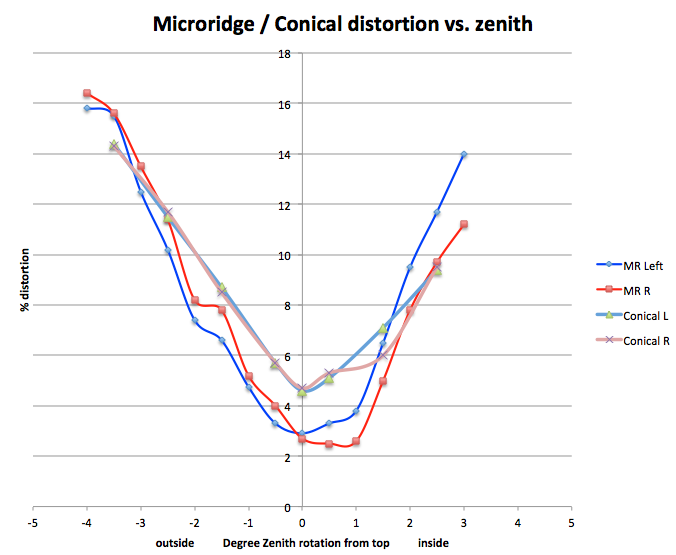I am new to Analog Magik, have gone through the entire thread - lots of valuable information here!
The experience has been positive so far, but as other users I struggle with fluctuating measurements and VTA at 33, which is between 5 and 6% at the beginning of the test track and is much more at the end. I think, I need to play with Azimuth and VTF and go through several cycles of complete tests before doing any drastic changes to the cartridge setup. At least my Wow & flutter is 0.05-0.06 at 45 and 0.07-0.08 at 33, which is a big relief after the results I got from the RPM phone app )
)
Quick question. If you click the setting menu in the top right corner, you can change the bit rate from 16 to 24. Does it make any difference? What is the recommended setting?
The experience has been positive so far, but as other users I struggle with fluctuating measurements and VTA at 33, which is between 5 and 6% at the beginning of the test track and is much more at the end. I think, I need to play with Azimuth and VTF and go through several cycles of complete tests before doing any drastic changes to the cartridge setup. At least my Wow & flutter is 0.05-0.06 at 45 and 0.07-0.08 at 33, which is a big relief after the results I got from the RPM phone app
Quick question. If you click the setting menu in the top right corner, you can change the bit rate from 16 to 24. Does it make any difference? What is the recommended setting?







